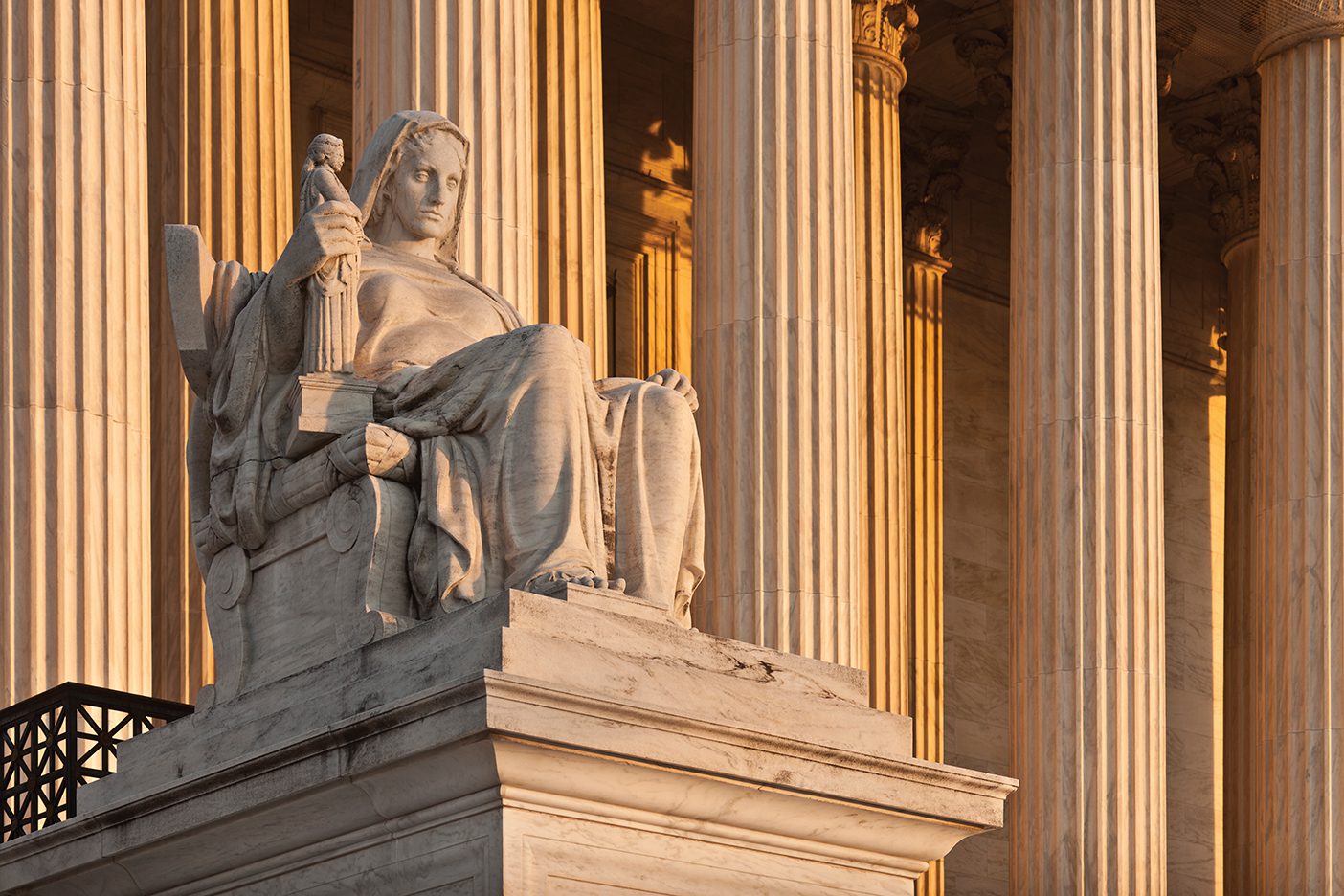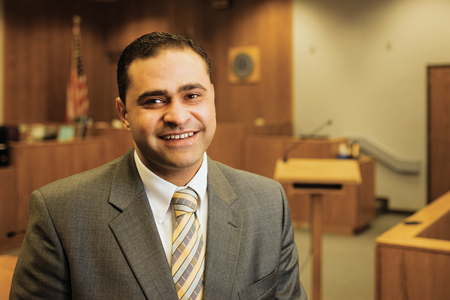
If his study of the Supreme Court has convinced political-science professor Richard Davis (BA ’75, MA ’79) of anything, it’s that the nomination process needs reform. “We elect presidents, senators, representatives of the house, governors, etc. The Supreme Court was designed to be different from that,” Davis says. “But because of public opinion, interest groups and the media have become very involved, making today’s nomination proceedings seem more like an electoral campaign than a confirmation.” Davis here offers five outside-the-box ideas to improve the lengthy, partisan process.
1. Impose Term Limits
Davis: Since a justice decides when he or she will retire, right now we don’t know when there’s going to be the next nomination process. There’s a lot of power in that choosing. Justices appointed by a president of a particular party generally retire only when a president of that same party is in office. If we were to impose 18-year term limits and if we staggered them so we’d have a nomination every two years, then there wouldn’t be all of this pent-up emotion when a nomination happens.
2. Create a Bipartisan Advisory Commission
Davis: Nominations now satisfy interest groups and party bases on the left or the right and often produce controversial nominees that start the nomination process with much of the nation already against the nominee because of partisanship. One solution is to create a bipartisan legal advisory commission to the president. Such a group would vet potential nominees and then make suggestions based on candidates’ legal credentials. Initially, presidents might not want to be boxed in like that, but at the same time they might be freed from ideological and single-issue interest groups pressuring them to nominate certain people.
3. Don’t Have Nominees Testify Before the Senate
Davis: Senate confirmation hearings rarely elicit much new information from the nominee’s testimony to the Senate Judiciary Committee. Nominees are well trained in saying only what they need to say and no more. It is rare today for a nominee to go off script. Nominees know this, and senators know this. Only the public thinks this is a real exchange. Senators ask questions that satisfy interest groups, while nominees repeat over and over that they cannot answer a question because they may have to judge on that issue. Eliminating the nominee’s testimony would reduce the drama of the process.
4. Short of That, Rein in Questions
Davis: A less-radical option is to adopt Senate Judiciary Committee rules that limit the kinds of questions a senator can ask, such as questions that are designed to commit the nominee to a particular vote as a justice. Those questions are inappropriate and are only asked to satisfy interest groups and party bases that want the question asked.
5. Narrow the Court’s Focus
Davis: One reason Supreme Court nominations have become so contentious is the role of the court in issues that may be best settled by Congress, the president, or the states. There may be times when the Supreme Court shouldn’t take some cases but allow the political process to attempt to resolve the issue first. A political outcome may not happen immediately, since political solutions clearly take time. However, the political process’s solution is likely to be one that is forged from compromise and achieves broader consensus.












